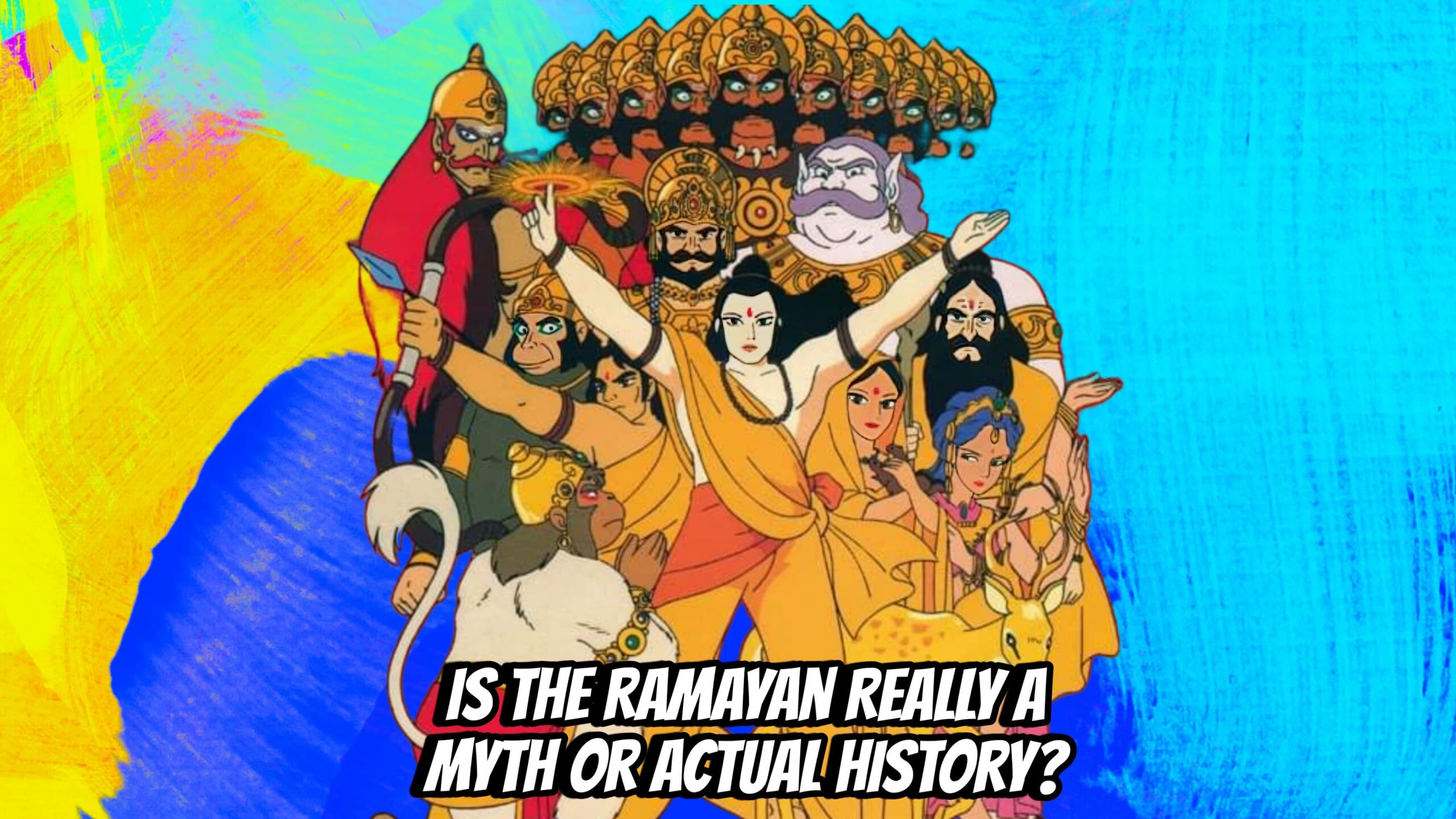It is for this reason that most people consider the Ramayan not to be a myth but a history. Below are nine reasons why this view can be considered accurate:
Ram Setu
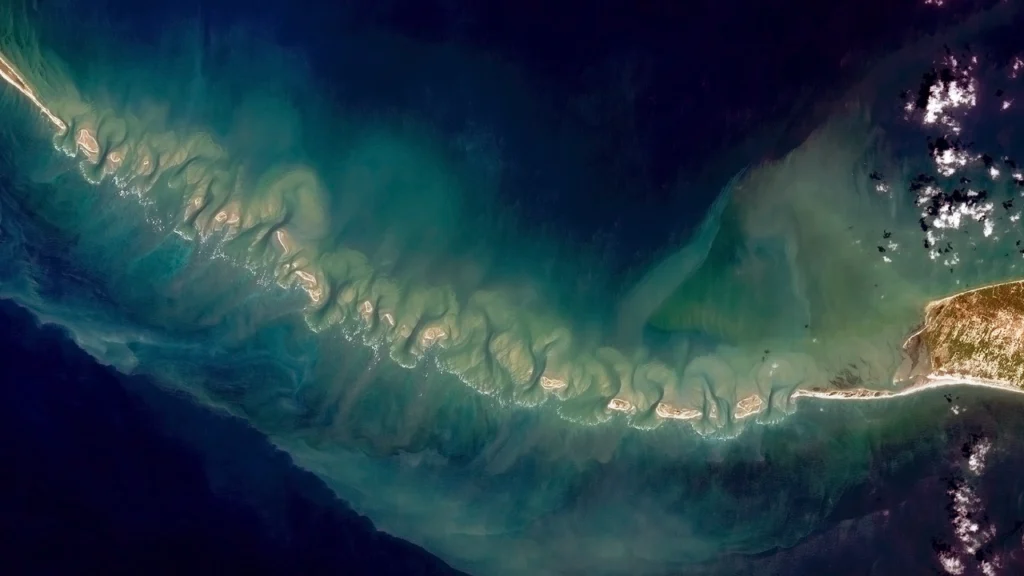
Dhanushkodi is believed to be the place where Lord Ram had asked his Vaanar Sena to construct a bridge to Lanka. NASA images and floating stones in the area indicate that Ram Setu was built in the past.
Pushpak Vimaan Route
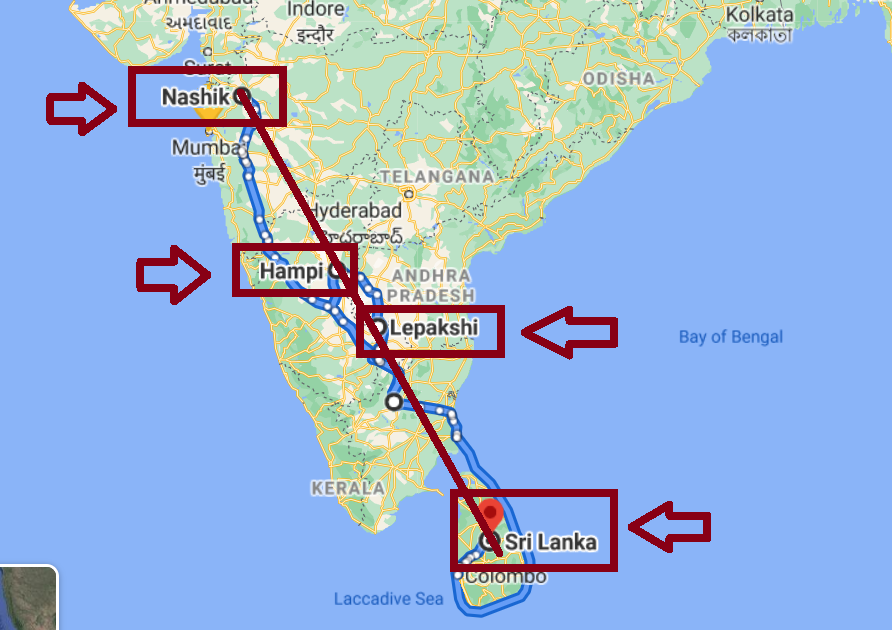
The route of Pushpak Vimaan during Sita’s abduction is very much feasible according to the geographical locations of today’s world. Valmiki mentioned coordinates such as Nashik, Hampi, Lepakshi, and Sri Lanka all of which lie on a straight line and this is a proof of immense ancient intelligence.
Hanuman’s Footprints
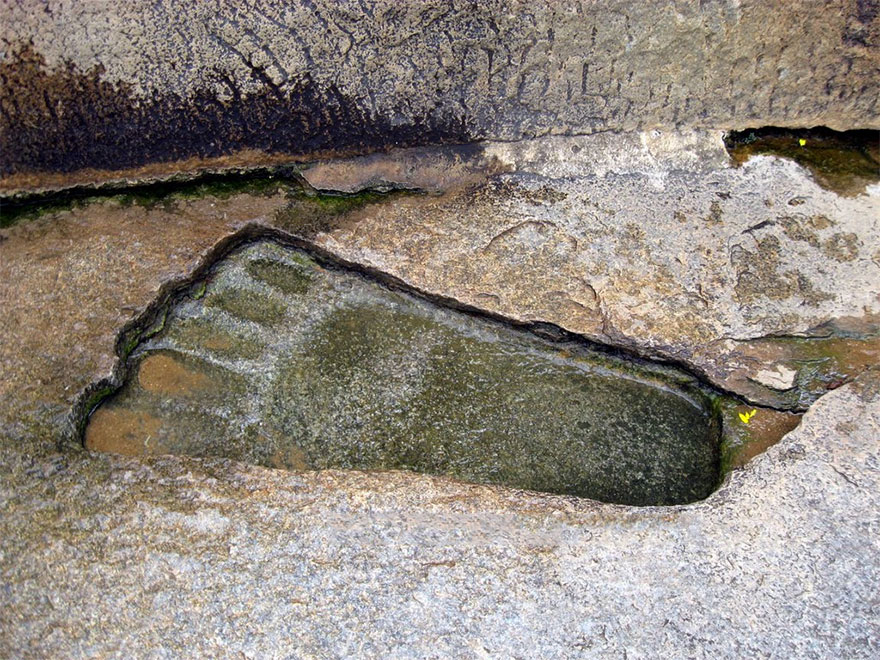
The footprints as big as a Lord Hanuman are seen from Andhra Pradesh to Sri Lanka. These footprints are spread across Asia and they substantiate the epic’s plot.
Ashok Vatika
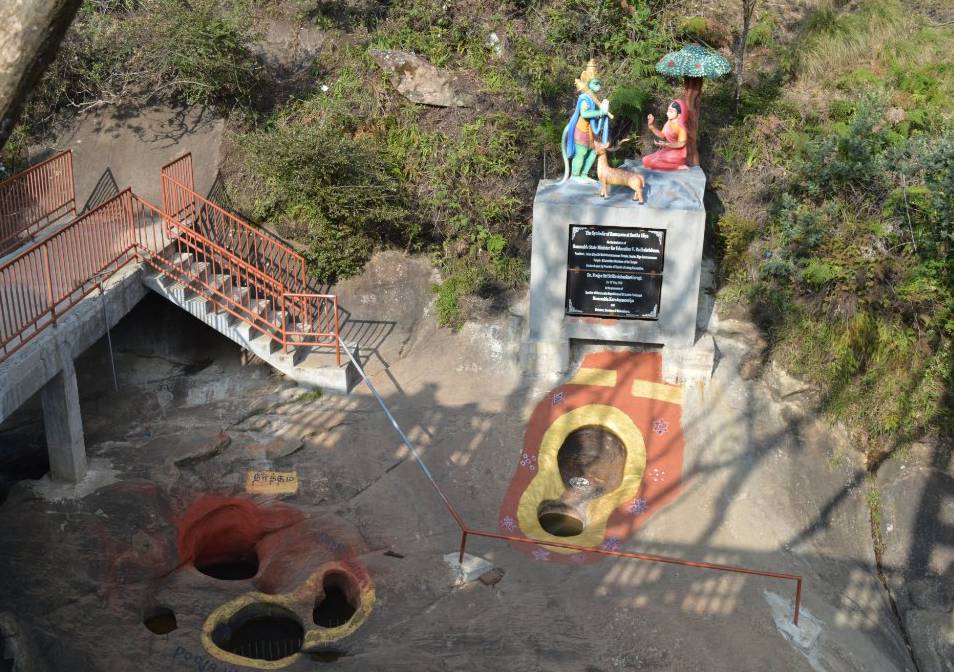
Present day Nuwara Eliya in Sri Lanka is said to be Ashok Vatika where Sita was kept confined. There are huge foot imprints which are believed to belong to Hanuman when he went to meet Sita.
Sigiriya
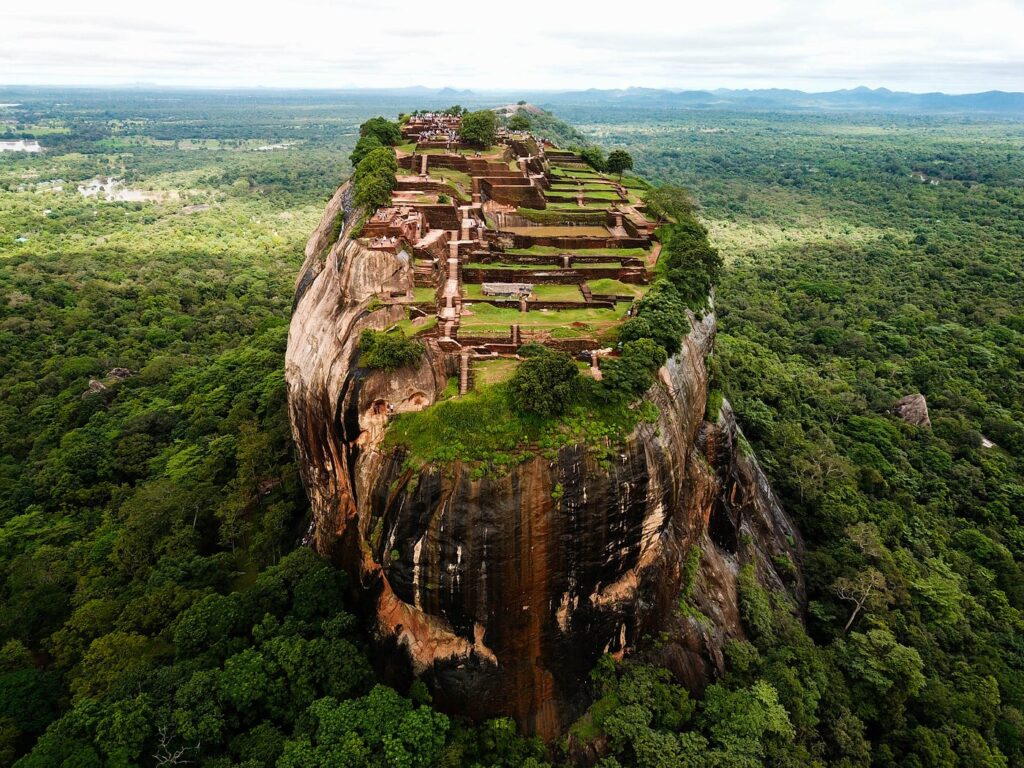
Sigiriya rock fortress in Sri Lanka is associated with Ravan’s golden palace. One of the places that Sita was confined according to the epic is a cave located at the base of the plateau.
Cobra Headed Cave
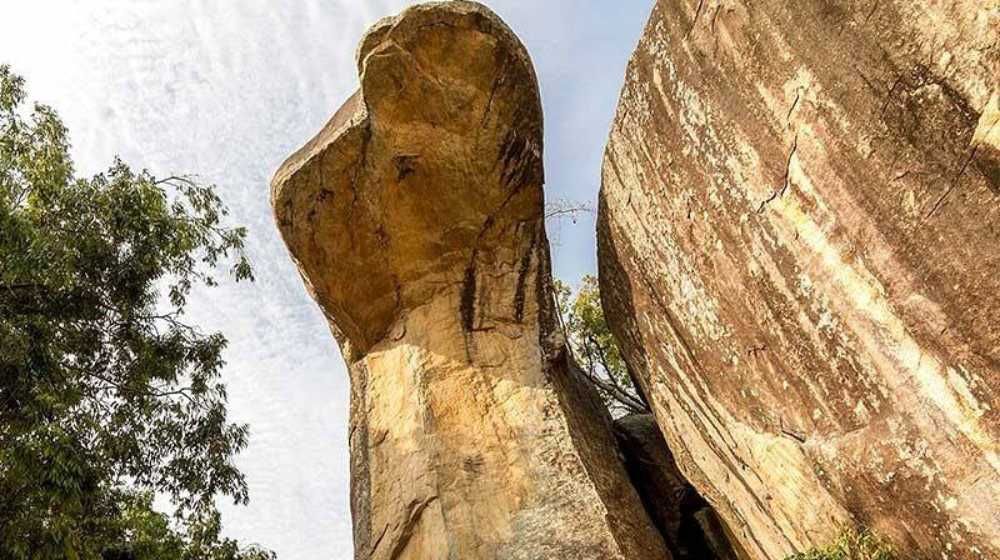
The Cobra Hood cave of Sigiriya has an inscription of ‘Naguli’ which is the name given to Sita. Even though the inscription is from a later period than Ramayan, it refers to the events of the epic.
Kannaiya Hot Wells
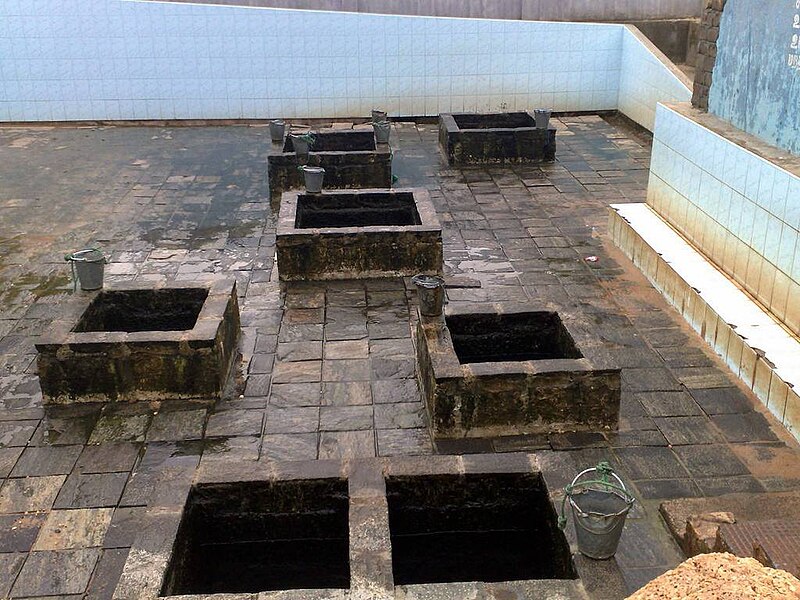
The Ramayan has described hot water springs where Ravan and his mother used to pray to Lord Shiva. These springs are called Kannaiya hot wells and it is said that Ravan dug these wells to have water supply.
Lepakshi Mandir
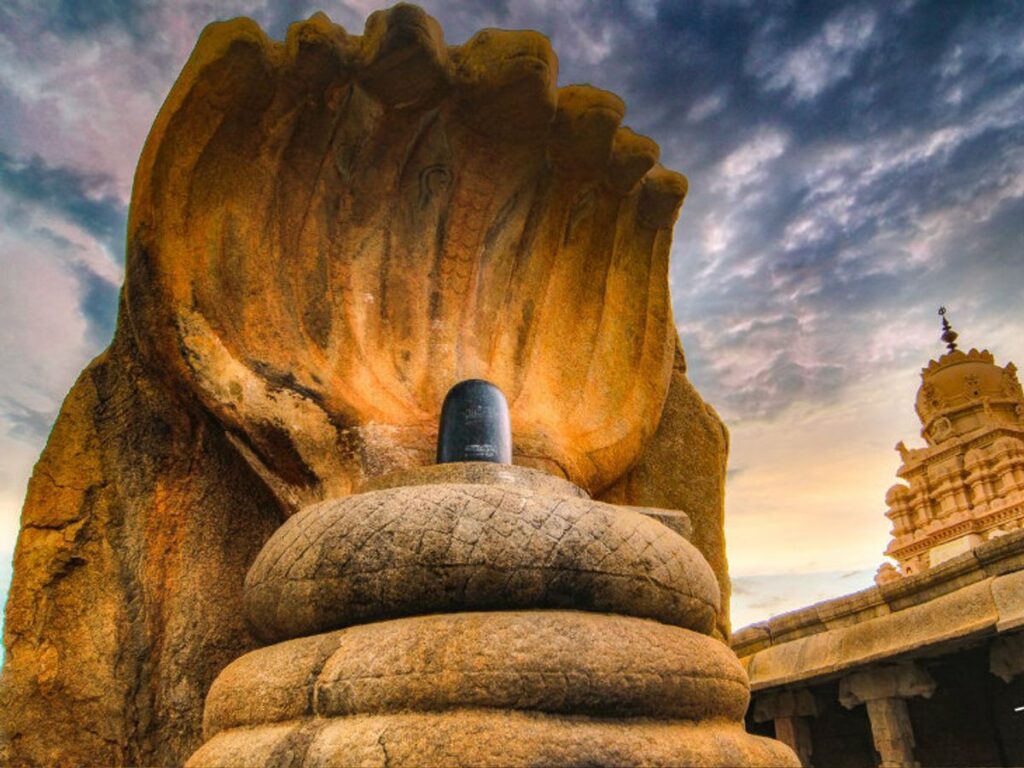
Lepakshi Mandir is said to be the place where Jatayu met his death while fighting Ravan. This is evident by the soot-black soil close to Ravan’s kingdom.
Sanjeevani Mountain
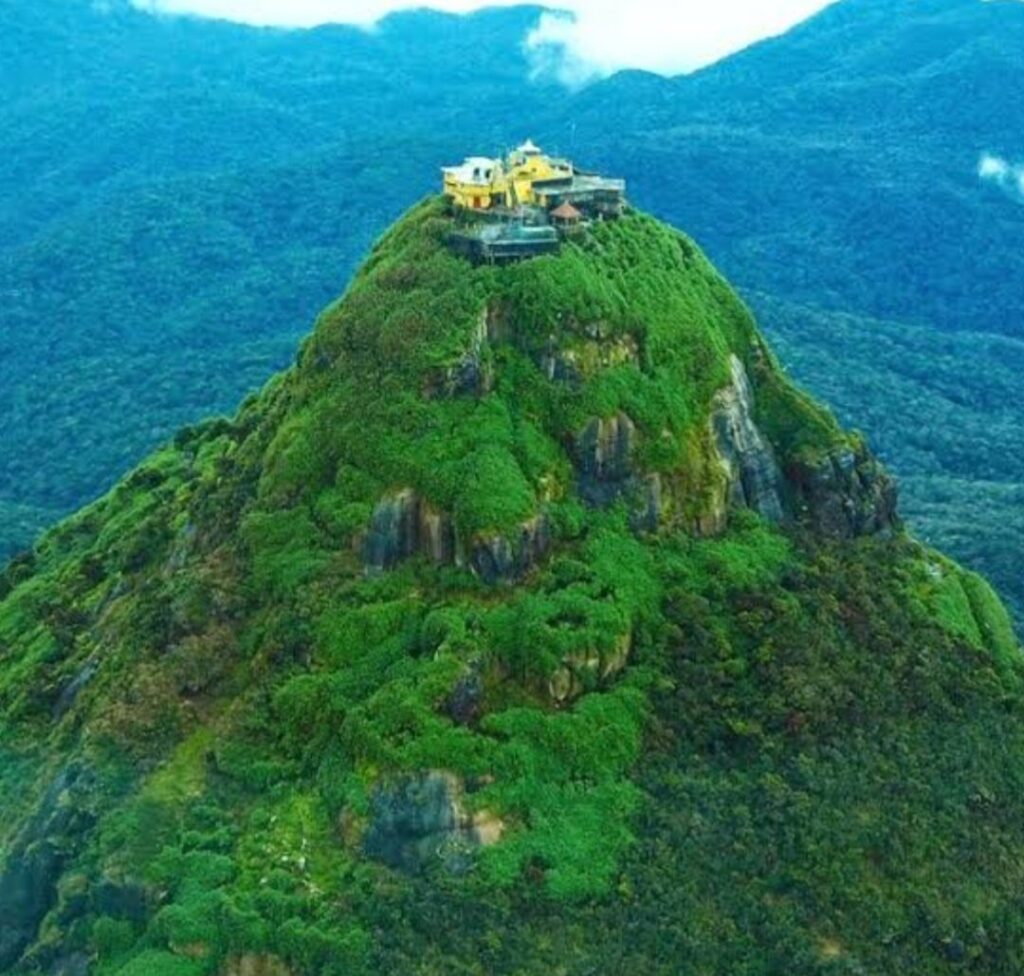
Sanjeevani Mountain which was described in the Ramayan is said to be located in Dronagiri, Himalayas. This mountain has got exotic herbs and medicinal plants and Sanjeevani Buti. From these evidences, one can infer that the Ramayan might contain more than just a story. They give a hint of the fact that it is a part of our history, and shows us the wisdom and events that took place in the past that form our cultural history.

